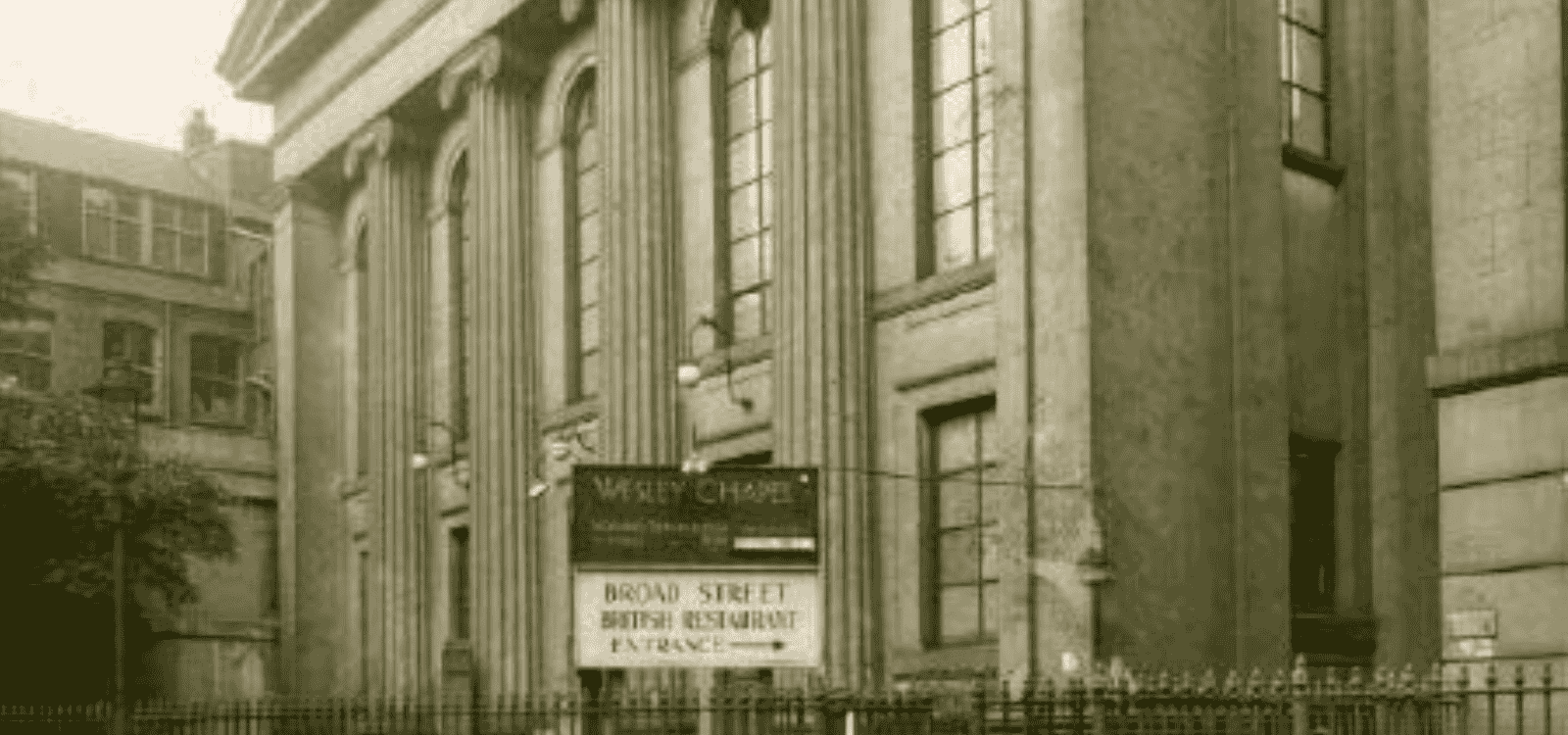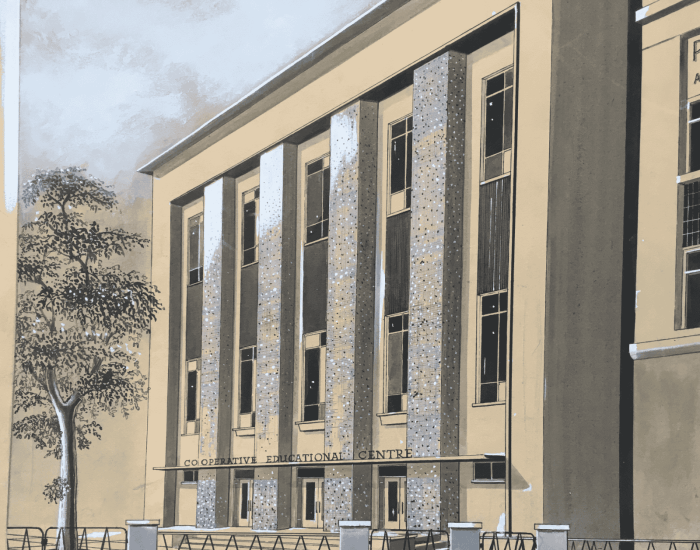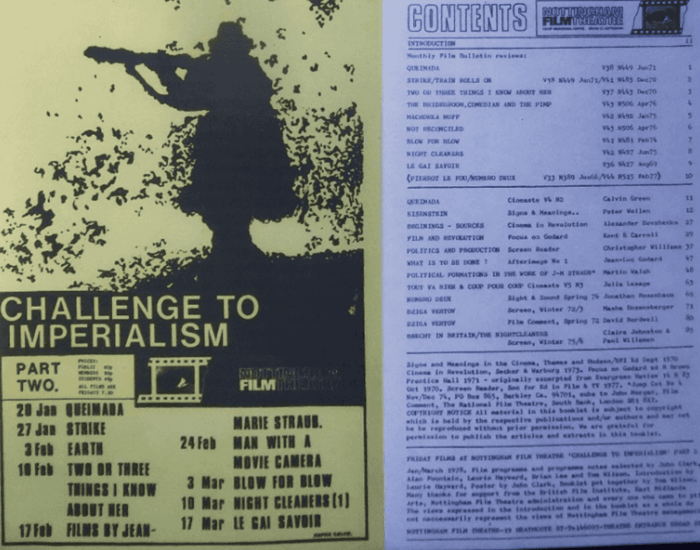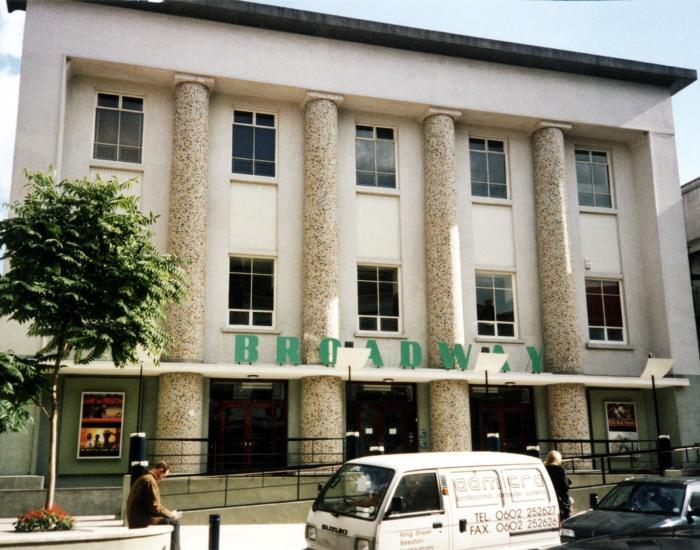1839-1954 | Chapel to Cultural Landmark
Key Events:
- 1839: Chapel built during a recession.
- 1844: William Booth’s conversion.
- 1909: Installation of a grand organ.
- 1941–1947: WWII British Restaurant; post-war decline.
- 1954: Chapel closes.
In the heart of Nottingham, 1839 marked the birth of a bold vision. Amidst a national recession, £11,000 was raised - equivalent to around £1.4 million today - to construct a grand Wesleyan chapel on Broad Street. Designed to seat 1,900 worshippers, it quickly became a spiritual and architectural beacon.
Five years later, in 1844, the chapel played host to a moment that would ripple through history. During a visit by American evangelist Rev. James Caughey, a young man named William Booth - then a pawnbroker’s apprentice - found faith within its walls. Booth would go on to found the Salvation Army, and today, a brass plaque in Broadway’s foyer commemorates his transformation.
By 1909, the chapel was thriving. A magnificent organ was commissioned from Norman and Beard, filling the space with music that echoed its grandeur. Through the interwar years, the chapel’s Sunday School and Boys’ Brigade flourished, nurturing generations of young minds.
World War II brought unexpected change. In 1941, the basement was repurposed by Nottingham Council as a British Restaurant—a communal kitchen feeding those displaced or rationed by the war. The building adapted to serve its community in new ways.
But by 1947, the congregation faced mounting costs and dwindling numbers. The need for a new roof and limited funds led to the chapel’s closure in 1954. Yet, this was not the end - it was the beginning of a new chapter.
Adapted from an original by Fred Brookes. Edited and expanded by Laurie Moran in 2025, with valuable contributions from Malcolm Allen. © Broadway 2025



